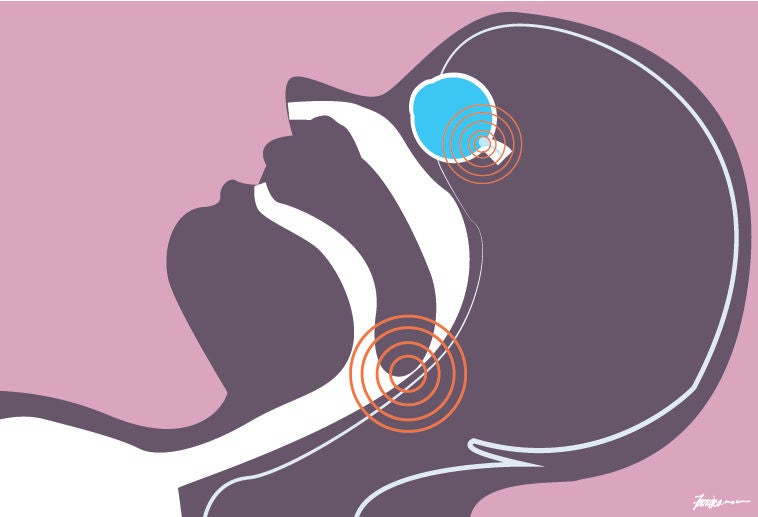
Local study finds those who have moderate to severe OSA more likely to have eye disease
In his 20s, Jay (not his real name) lived with a chronic neck ache for a few years. When he finally decided to seek medical help, the results were not at all what he expected, given his relative youth. He was diagnosed with two medical conditions – obstructive sleep apnoea (OSA) and early glaucoma. He was only about 30 years old and the prospect of losing his sight was distressing.
OSA occurs when the throat intermittently relaxes and blocks the airway, causing breathing to repeatedly stop and start during sleep.
Glaucoma is a serious eye condition that damages the optic nerve, resulting in vision loss and blindness.
A recent study here showed that those with moderate to severe OSA are more likely to have glaucoma.
Jay was one of the 100 people who took part in a prospective study by Singapore General Hospital (SGH) and the Singapore National Eye Centre (SNEC) examining the prevalence of the eye condition in those with OSA.
The study, conducted between 2013 and 2014, showed that 8 per cent of patients here with moderate to severe OSA also had open angle glaucoma with normal pressure.
In comparison, the prevalence of glaucoma in the general population is 3.2 per cent for all forms of glaucoma and 1.4 per cent for open angle glaucoma.
The impetus for the study came from an increasing number of overseas studies linking OSA with glaucoma, said Dr Desmond Quek, a consultant at SNEC. “We wanted to see if the prevalence of glaucoma in OSA patients in Singapore was comparable to rates quoted in other publications, and if it was necessary to put in recommendations for screening of those with high risk.”
Indeed, the findings came close to those of overseas studies published last year which showed that, overall, those with OSA were three times more likely to have glaucoma than those without OSA.
The Singapore study was presented during the 3rd Asean Sleep Congress last November at SGH.
Half of the local patients diagnosed with glaucoma have both structural and functional damage, and the other half have early glaucoma, with structural damage but no functional damage yet, said Dr Quek. Structural damage refers to the thinning of the nerve-fibre layer around the optic nerve head which precedes functional damage or loss of vision, he said.
Eyes with glaucoma also tended to be longer in length and are more myopic.
While the association between various eye conditions and OSA is clear, the reasons for this connection are not well understood.
One possibility is that OSA increases resistance to blood flow to the optic nerve, said Dr Quek. This
Contributed by

English
The Straits Times - Sleep apnoea linked to higher risk of Glaucoma (3).pdf














 Get it on Google Play
Get it on Google Play